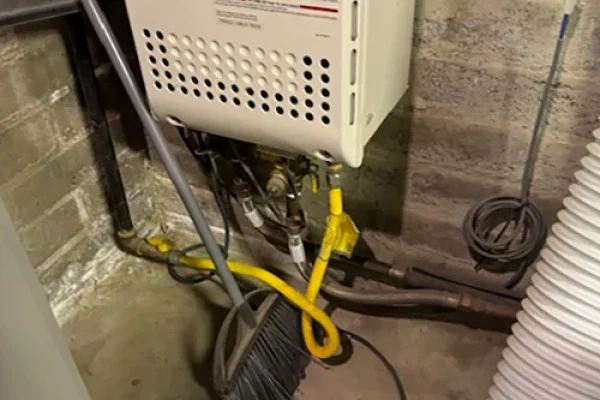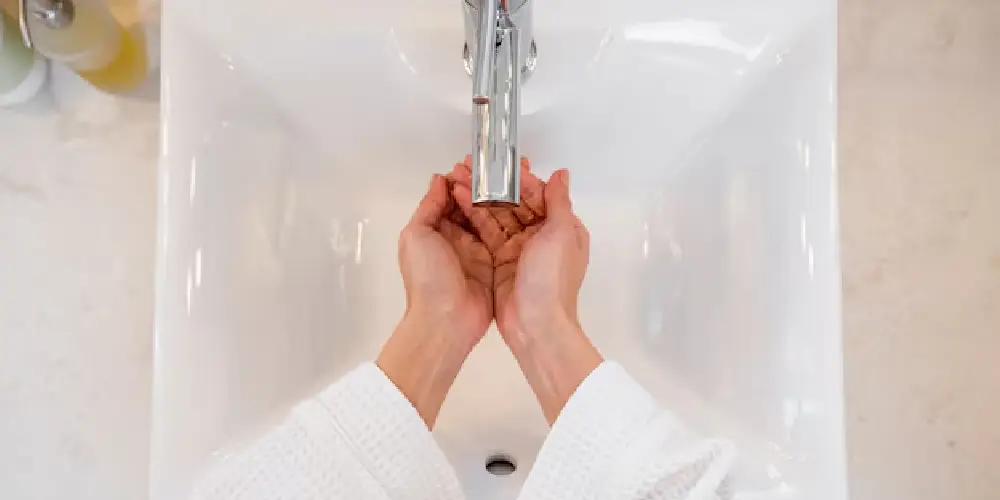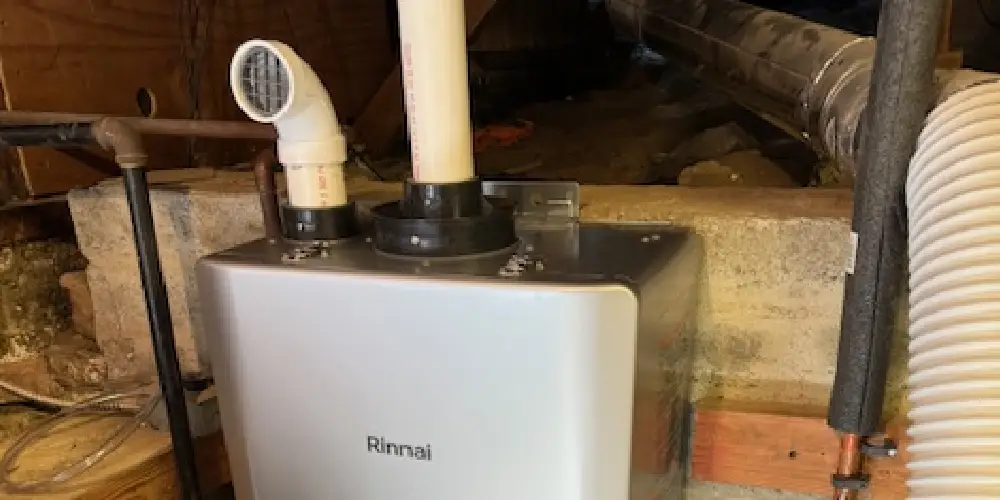Inspecting Your Water Heater
How often should a water heater be inspected?
With the recommended water heater inspection and flushing, a water heater should last up to 12 years, sometimes longer. Always follows a manufacturer’s recommendation for care and upkeep of your water heater, inspection, and flushing, just as you do your car’s maintenance and upkeep. Most manufacturers of tank-style water heaters recommend annual water heater inspection and flushing.
It is important for the homeowner to either have your water heater inspection, flushing, and tested annually by a professional plumber or you can do it yourself. These are the things that a professional plumber or home inspector that knows how to inspect a water heater will check during a water heater inspection:
- The energy source
- The venting connections
- The TPR (temperature/pressure-relief) valves
- The Watts 210 valves
- The seismic bracing
- The manufacturer, size, age, and overall condition
- The drain pan
- The water connections
- The elevation from the floor
- Listen for gurgling or rumbling sounds when in use

How to Diagnose Water Heater Problems
Temperature issues
- Water is cold – water isn’t getting hot is either a power issue (breaker for an electric unit and pilot light for a gas unit), the heating element has burned out, or the thermostat has gone out. Start by testing a water heater for power, the breakers, or the pilot light, then check the switch is on and last, check the thermostat is getting power.
- Water is warm, but not hot – when the water doesn’t get hot enough, it can be that the unit is too small to meet the needs of the household. Sometimes, the cold and hot water lines have been mixed up in connections, the heating element has burned out, or the thermostat is bad. Start by turning the water supply off and then turn on a hot water faucet. If water is coming out, then change the cold & hot water lines around and try again. If that doesn’t fix it, you should have a professional plumber come do a water heater inspection testing of the element and thermostat.
- Water is too hot – When the water gets too hot, that is typically the thermostat setting. Simply lower it to 120 degrees as recommended by the Department of Energy.
Leaks
- A faulty T&P valve (temperature and pressure relief valve)
- High water pressure
- Overheating
- Stuck valves
- Plumbing connections
- Loose heating elements
- A bad gasket
- A leaking tank
Discolored water
Odd sounds
As sediment builds up in the water heater, it will begin making different sounds, a common complaint plumbers hear on service calls. As the homeowner, follow the flushing procedure as provided by the manufacturer and if that doesn’t work, you’ll need to call a professional plumber for a water heater inspection. After they have examined the water heater, they will likely advise you it is time to replace the unit.
When plumbers are requested to do a water heater inspection, they have a standard protocol for water heater testing procedures that allows them to narrow down the problem and determine the best scenario.
The process they follow for testing a water heater thermostat is to start with the lower portion thermostat by touching one lead of a multimeter to a common terminal located next to the temperature setting and a second lead of the multimeter to the left heating element terminal. Zero is considered a good reading on the multimeter.
When they are testing a water heater for a gas leak, which you can do yourself, by spraying soapy water at the gas connection. If it bubbles, you have a gas leak and should turn the gas off and call a plumber immediately. If the smell of gas is apparent, vacate the premises and call the gas company.
If you have discovered the pilot light is out on your water heater, proceed to test the water heater gas valve by following the instructions for lighting the pilot light. The instructions should be on the water heater near the thermostat. Typically, the process is the same and is done by pressing the pilot button down and using a match or lighter to the pilot. If it doesn’t stay light, the thermocouple is bad and you’ll need to call a plumber to replace the piece.







